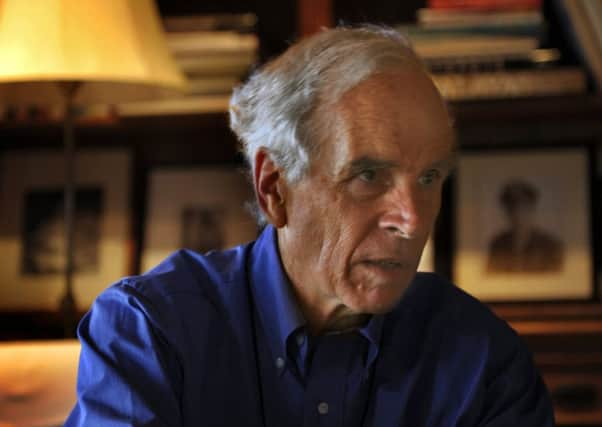Obituary: Douglas Tompkins, The North Face group founder


In 1964, Douglas Tompkins founded in San Francisco what he called a “small ski and backpacking retail and mail order operation”. In fact, The North Face was a pioneering clothing and outdoor equipment company which specialised in providing rock climbing and camping equipment. A few years later Tompkins and his first wife, Susie Tompkins Buell, started a clothing brand called Esprit. Both prospered and became recognised global brands.
In 1989, Tompkins left the world of commerce and espoused the preservation of the environment with a typically crusading zeal. He bought huge tracks of Chile and Argentina – making him one of the largest private landowners in the world – and created a programme of conservation throughout the area. He concentrated on land preservation, wildlife recovery and ecological agriculture. He and his second wife, Kristine, saved an estimated two million acres of Andean forest land.
Advertisement
Hide AdAdvertisement
Hide AdIn a recent interview, Tompkins was asked about his legacy. “People will walk on these lands,” he replied. “Don’t you think that’s more beautiful than a tomb?”
Douglas Rainsford Tompkins was the son of an antiques dealer and then spent two years in the early Sixties ski racing and rock climbing. In 1964 he started The North Face as a mail order business to service the sports industry that he knew so well. He realised the sportsmen needed suitable clothing for their rigorous outdoor pursuits.
He ensured the clothes were made to contend with harsh conditions and strict design standards were maintained – especially in the manufacture of good sturdy sleeping bags, backpacks, and mountaineering tents. He preserved a cool business acumen and in 1966 Tompkins designed The North Face tents, which were original in design, workable and easy to use.
For all those who have struggled to erect a tent in a howling gale on a Scottish mountainside, The North Face tent, without a pole in the middle, was a bonus. Tompkins created bendable rods that push out in their sleeves instead. It had the advantage of adding strength to the tent as the domed shape meant the wind gusted around it.
But Tompkins was becoming increasingly disillusioned by international business. In 1968 he took a sabbatical and made a trek from California to Patagonia with two climbing friends. They made an adventure film, Mountain Of Storms, which dealt with their experiences on the trip. He also became a white water enthusiast and in particular a passionate kayaker.
In 1969 Tompkins sold The North Face and it is now part of VF Corporation. But his love of selling had not totally left him: the same year, he and Susie decided to sell girls’ dresses from the back of a VW bus. In 1971, they bought the fast expanding Plain Jane chain and operated under the trade name of Esprit. It was an enormous success and within six years annual sales exceeded $100 million.
The company became an international success with shops all over the world and Tompkins’s imaginative design and marketing policies were used as corporate models at seminars.
But again there was an air of disillusionment as Tompkins became increasingly concerned about the ecological impacts of the fashion industry. He decided to leave the business world in the late 1980s. In 1989, he sold his share of the American company back to Susie, putting most of his profits into land conservation. He sold any remaining equity he held in Esprit to outside shareholders.
Advertisement
Hide AdAdvertisement
Hide AdHe relocated to Chile and founded, in 1990, the Foundation of Deep Ecology and the Conservation Land Trust to protect the environment in Chile and Argentina. One of the primary aims was to protect the Andean wilderness and wildlife. Tompkins campaigned passionately on particular issues affecting the future of nature and its people. In a succinctly worded initial statement, he wrote: “We begin with the premise that life on Earth has entered its most precarious phase in history.”
The Foundation had several projects in South America on which they concentrated. The first was the 800,000-acre site in Pumalin Park in Chile. The Iberá Project in Argentina followed as a joint venture between Tompkins and the financier George Soros. The expectation is that after the wilderness has been restored it will be returned to the Argentine government.
While the Foundation’s work was carried out in co-operation with local governments there was often much disagreement. Tompkins, a determined man of much conviction, was resolved to see the wildernesses returned as national parks.
Tompkins was a man with extraordinary vision, integrity with an ability to get things done. His passion on behalf of the environment was no less than his shrewd and agile business brain. One of the many awards he received rightly praised him as one of the, “dreamers, schemers and millionaires who are saving our planet”.
Tompkins died in a kayaking accident in Southern Chile. His 1964 marriage to Susie Tompkins Buell was dissolved and he is survived by his second wife, Kristine McDivitt, and his two children.